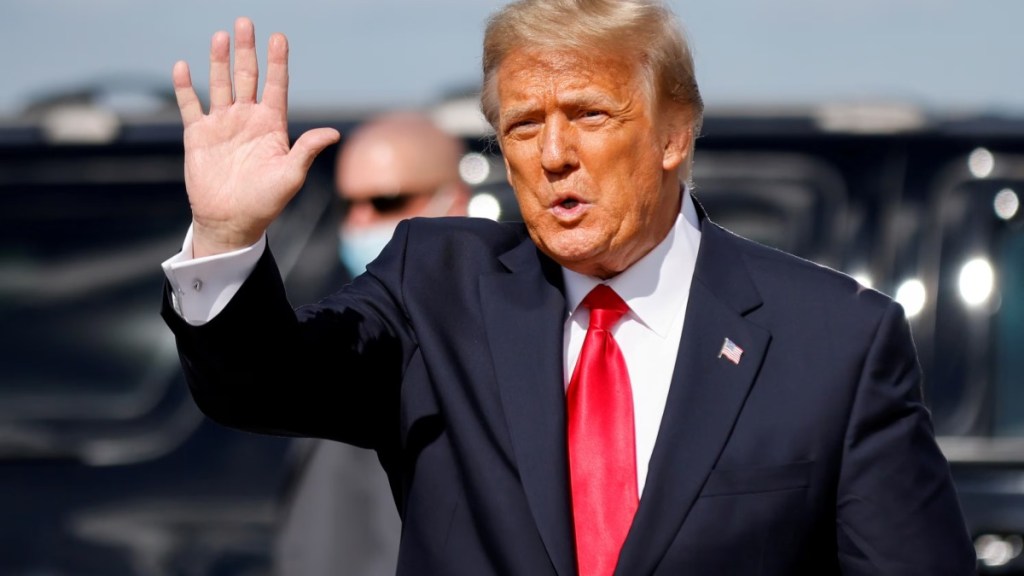The Trump administration announced on Tuesday a buyout offer to all federal employees who opt to leave their jobs by next week – an unthinkable move to reduce the size of the U.S. government with unprecedented speed..
A document from the Office of Personnel Management, also known as the US government’s human resources agency, mentioned beginning to subject all federal employees to “enhanced standards of suitability and conduct” and warned of future reduction. The email sent to employees mentions that those who leave their posts voluntarily will receive about Eight months of salary, but they have to choose to do so by Feb 6.
President Donald Trump has centered his political career on the idea of disrupting the Washington establishment, and he promised that his second term would bring even more drastic changes to traditional political norms than his first term. However, the consequences of inviting such a large number of government employees to leave their positions were hard to predict.
The federal government employs over 3 million people, making it the 15th largest workforce in the country. According to a Pew Research Center analysis of data from the Office of Personnel Management (OPM), the average length of service for a federal employee is almost 12 years. Even a small percentage of employees accepting buyouts could have significant economic impacts, potentially causing widespread disruption across society, with uncertain consequences for the efficiency, timeliness, and delivery of federal services.
If large numbers of workers in critical areas such as the Veterans Affairs Department, loan processing for homebuyers or small businesses, or defense contracting were to leave at once, the effects could be severe. The loss of experienced personnel could also affect vital roles like food inspections, water testing, air travel oversight, and consumer product safety.
In response, American Federation of Government Employees union President Everett Kelley said it should not be viewed as voluntary buyouts, but pressuring workers not considered loyal to the new administration to vacate their jobs.
“Purging the federal government of dedicated career federal employees will have vast, unintended consequences that will cause chaos for the Americans who depend on a functioning federal government,” Kelley said in a statement. “Between the flurry of anti-worker executive orders and policies, it is clear that the Trump administration’s goal is to turn the federal government into a toxic environment where workers cannot stay even if they want to.”
In an email outlining its plans, OPM detailed four directives for the federal workforce moving forward, including a mandate for most workers to return to their offices full-time. This aligns with Trump’s statement that federal employees must go back to their offices or risk losing their jobs. The document also emphasizes a commitment to excellence across the federal workforce, with expectations that most agencies will see reductions in size. Additionally, it stresses that employees should be reliable, loyal, and trustworthy, with higher standards of conduct. Those found guilty of misconduct will face swift investigations and possible termination.
The document included a “deferred resignation letter” for employees interested in participating in the buyout program, which offers pay and benefits regardless of workload, along with an exemption from in-person work requirements until September 30. Instructions were provided for employees to formally accept the buyout offer by replying to the email with the word “Resign.”
In conjunction with this move, OPM issued guidance on Trump’s new executive order, “Schedule Career/Policy,” which replaces his previous “Schedule F” order from his first term. Schedule F aimed to reclassify many federal workers as political appointees, stripping them of job protections. Although President Joe Biden rescinded Schedule F shortly after taking office, Trump’s second-term administration has quickly moved to reclassify federal employees and reduce the overall size of the government workforce, with little room for pushback from workers.
(With Agency Inputs)

